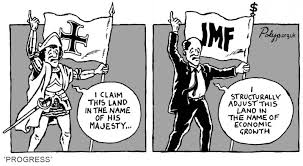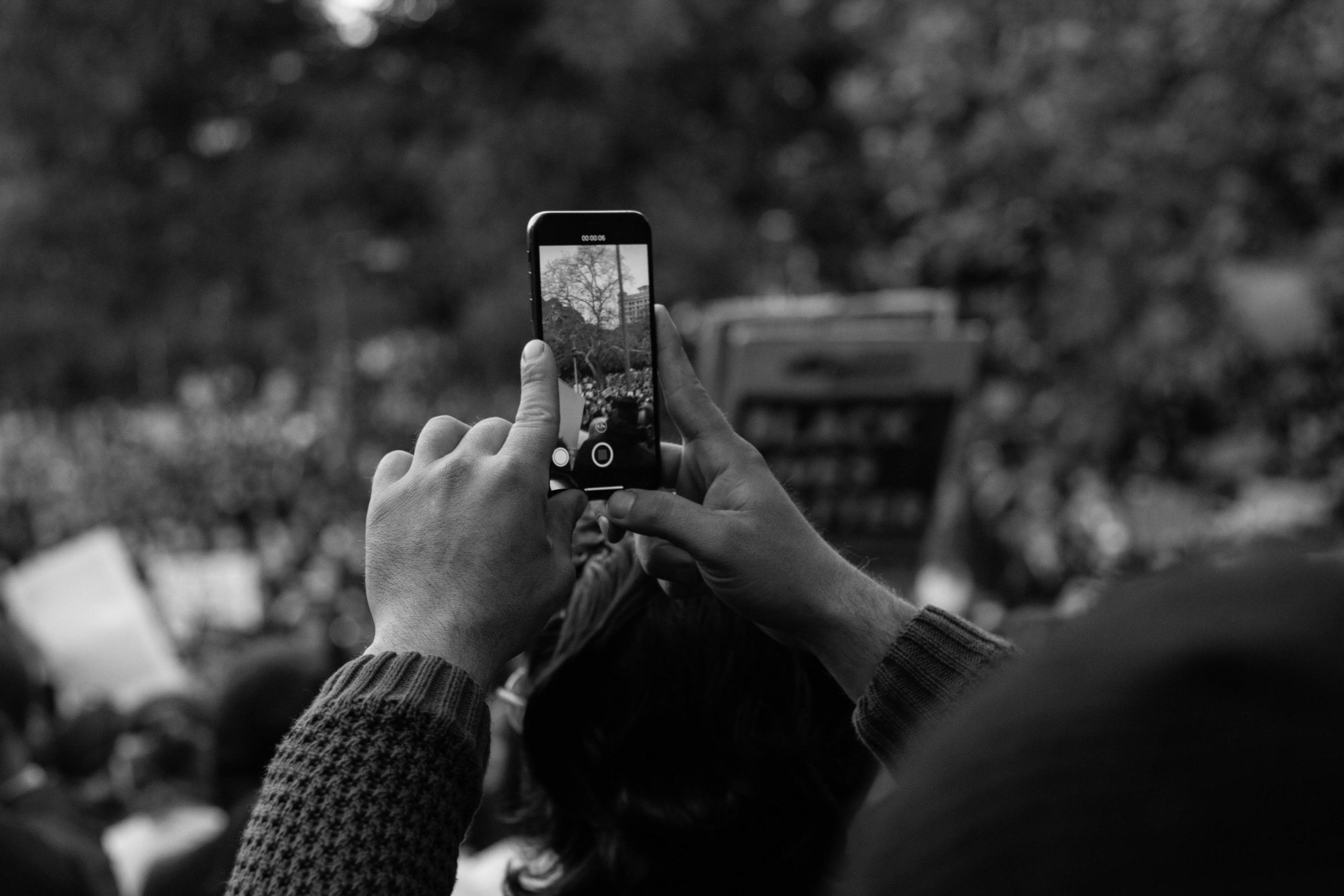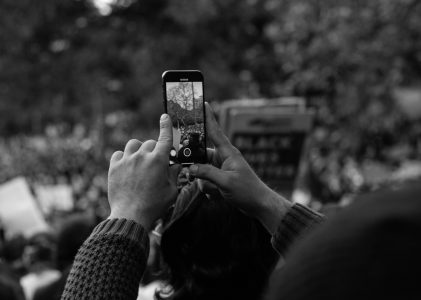Welcome! My blog post series will follow the theme of Indigenous Peoples development and social change in relation to information and communication technologies (ICTs), as I perceive it has had an immense impact of this particular marginalised group.
For example, during the spring of 2020, the importance of new media and communication channels for Indigenous People were undoubtably prominent. Many local organisations from Latin America to Asia had to work hard to get the message out regarding COVID-19 and prevention measures to Indigenous population in their languages and fill in for the common neglect of the state.
Information Communication Mobilisation
In the winter of 2018/2019, I spent some time in Ecuador and made some friends in the capital of Quito. In the fall of 2019, I started to see my friends posting snaps and pictures of violent protest on their social media. The Ecuadorian Indigenous coalition, CONAIE, which is the largest Indigenous social movement in Latin Americas, were taking on the streets and protesting against the president’s recently announced austerity measures, which in turn was met with brutal response from police and military. Security forces used excessive force against protesters and journalists, including firing teargas canisters directly at individuals and at close range and brutally beating and arbitrarily detaining protesters.
As I “witnessed” this unfold from my Instagram account in Stockholm, the scope of the impact social media has had on society really struck me. ICT´s have had immense importance for the advancement of indigenous political movements in Latin America. In this case in Ecuador, Twitter was the tool for the mobilisation of the Indigenous protesters and WhatsApp, through variety of large threads groups, was key to keep the protestors in communication and citizen informed, as mainstream media was perceived as unreliable and bias. Back in 1994, Indigenous movements in Mexico started to take advantage of the internet to calling wide attention to their oppression caused by national forces, managing to gain global support and international news media momentum, establishing what was to be called to The Zapatista effect.
In Chile, a recent study shows that ICT and social media serves in favour for the Mapuche people who long have suffered the oppression of state forces in extra juridical killings. A leader of a Mapuche regional confirms:
“Social media played a key role which made this situation very different compared to other extrajudicial killings in the past. Within hours, what happened was all over the national and international news. They couldn’t just cover it up as they used to do. It also allowed us to mobilize thousands of people, and this led to real consequences for those responsible.”

FAO – http://www.fao.org/3/a-i6279e.pdf
The historically and ongoing marginalised position of indigenous people in our world has fascinated me ever since I got introduced to social sciences. Indigenous people are the most marginalised social group world-wide and coincidentally (or not) often live in the most resource-rich land.
This conundrum was the key that for me unlocked the door to the reality of the unfair foundation our global society is founded upon: colonialism (and continuously: neo-colonialism).
Even though we today might live in a world where most nations have become independent from their previous colonial and imperial rulers… Our culture, media, epistemology and ontology, our social systems and our minds are still in the need to be further de-colonized.
Many of our “western” development discourses and economic models (particularly neoliberalism) together with globalisation often stands in contrast with the interest and endurance of many of our indigenous populations. They often live in poorer/developing countries relying on export of natural resources where these paradigms prioritised have global demands are before local needs.

International ambitions
In order to protect and promote the Indigenous People in the developing context of technologies and digitalisation, there are some stipulated international frameworks that should be considered.
Back in 2003, International Telecommunication Union (ITU) held the World Summit of the Information Society (WSIS), endorsed by United Nations General Assembly, to discuss questions like these. The Summit provided a forum in which representants from international organisations, governments, the private sector and civil society could discuss the opportunities of ICTs, and also address challenges and threats. Regarding Indigenous Peoples, following consensus was reached for a future common vision of the Information Society:
In the evolution of the Information Society, particular attention must be given to the special situation of Indigenous Peoples, as well as to the preservation of their heritage and their cultural legacy.
WSIS Declaration of Principles [WSIS-03/GENEVA/DOC/4-E], Article 15
The United Nations Declaration on the Rights of Indigenous people (UNDRIP) from 2007, is the most comprehensive collection of framework, guidelines and regulations for nation-states to follow in order to respect the human rights of Indigenous people. The declaration states in Article 16 [A/RES/61/295]:
- Indigenous peoples have the right to establish their own media in their own languages and to have access to all forms of non-indigenous media without discrimination.
- States shall take effective measures to ensure that State-owned media duly reflect indigenous cultural diversity. States, without prejudice to ensuring full freedom of expression, should encourage privately owned media to adequately reflect indigenous cultural diversity
This blog post serves as foundation and overview for following blog post where I want to deep dive in some case studies where I aim to shed light on and discuss some of the impacts of ICT has had for Indigenous people in relation to development and social change. The questions louring behind the discussions are:
(How) has globalisation, digitalisation and ICTs be impacted Indigenous Peoples development and socio-political position?
(How) can we avoid that prevalent social patterns (colonialism) are reproduced, or maybe even intensified, in the digital sphere?
References:
Gelsomino, M. (2010). The Zapatista Effect: Information communication technology activism and marginalized communities. Faculty of Information Quarterly, 2(2)
Human Rights Watch. October 11, 2019. “Ecuador: Reports of Excessive Response to Protest Violence“.
Lupien, P. (2020). Indigenous Movements, Collective Action, and Social Media: New Opportunities or New Threats?. Social Media+ Society, 6(2).


